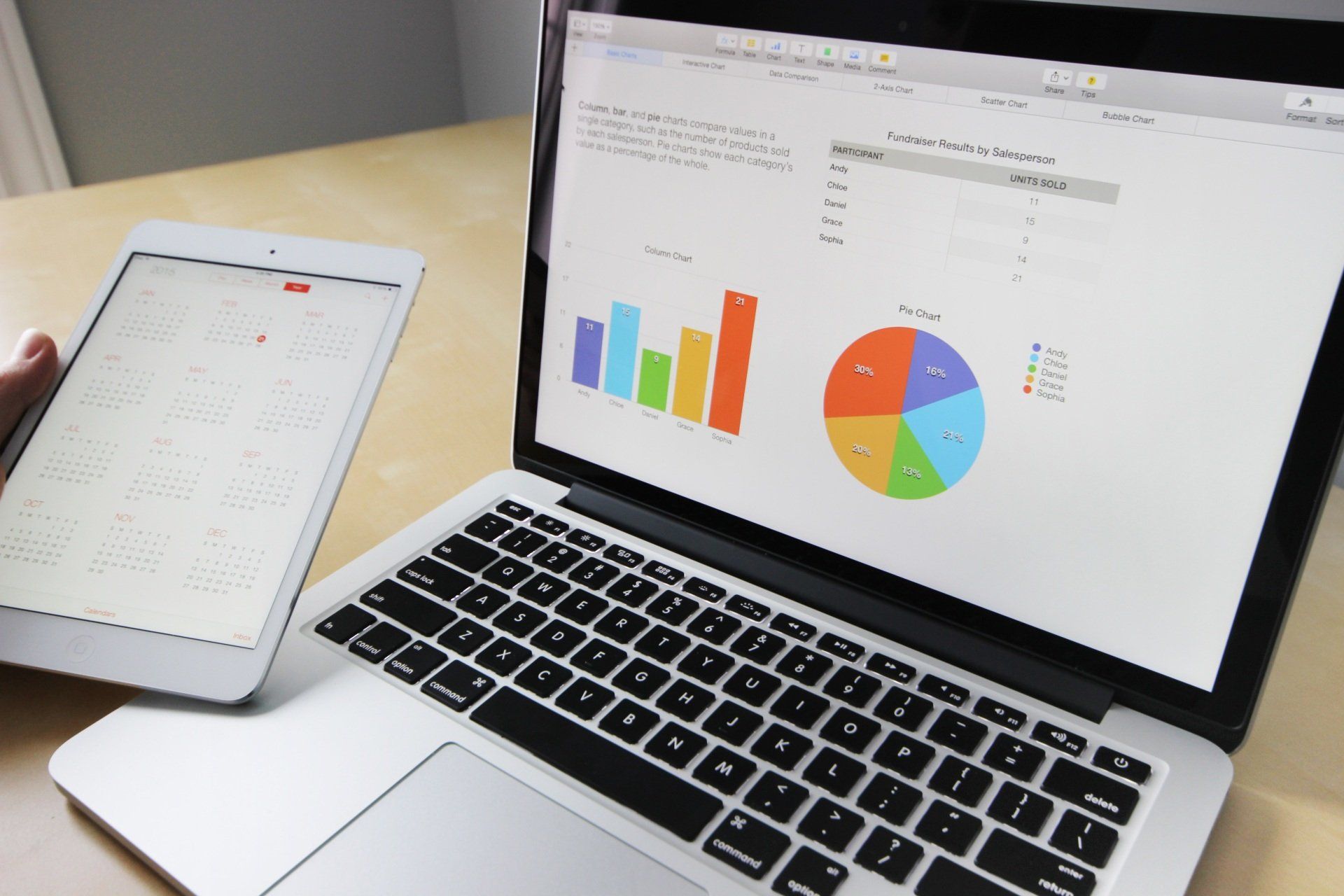NEED HELP? CALL US: 1-970-925-9775 | EMAIL US: Energy@AspenCORE.org
DIY Benchmarking
Building IQ
Your "Do It Yourself" Guide to benchmarking your building.

Benchmark your building on your own with this step-by-step guide.
This page outlines the step-by-step compliance instructions for large building owners to rate and report their building energy usage through Energy Star's Portfolio Manager.
Want help? CORE can do your benchmarking for you.
Covered commercial buildings that are greater than 10,000 sq. ft. in size and covered multifamily buildings that are greater than 20,000 sq. ft. in size are required to benchmark beginning January 1, 2024, per the
City of Aspen's Building IQ ordinance.

Links + Resources
Step 1. Create an ENERGY STAR Portfolio Manager Account
-
A. Go to the Portfolio Manager website and click “Create a New Account”.
Step 1 Tips
- Write down your username and password. Once you choose a username, it can’t be changed.
- You can generate a Data Collection Worksheet to help you identify building information and data required for steps 1 through 3.
-
B. Create your profile
Select your username and password, then fill out the basic information.
-
C. Make Your Account Searchable
In the box asking “Do you want your Account Name (and username) to be searchable by other Portfolio Manager users?” choose “Yes”.
-
D. Create Your Account
Click “Create My Account”.
Step 2. Add a property to your Portfolio Manager Account
Enter information about your property, how your space is used, the size, and more attributes.

Step 3. Add utility meters and manually enter data in Portfolio Manager
Enter your property’s energy and water usage from the past 12 months. You will need utility data from every source of energy and meter.
-
A. Click on the "Energy" tab and select "Add a Meter".
-
B. Select the different energy sources your building uses and how many you have of each.
-
C. Click anywhere on the individual meters and enter meter information.
-
D. Click "Create Meters".
-
E. Add your energy and water usage data.
- Use the “How to Gather Utility Data” section to add your information.
- Click “Click to add an entry,” enter each month’s usage for all 12 months for that meter.
- If you have tenants that pay their own utility bills, make sure to visit the FAQs in this section for more information on data gathering.
- Repeat for each type of meter and click “Continue”.
-
F. Verify the meters entered to account for total energy and water usage.
- Check the boxes for each meter.
- Check “These meters account for the total energy/water consumption for this property.”
-
G. Click "Apply Selections".
How to Gather Utility Data
-
For those who have tenants pay their utility bills.
If the owner pays the utility bills for the whole building, or there are four or more tenant meters, the utilities can provide aggregated data for the whole building directly to the owner or their designee. his data is also available from bill copies if the owner is able to obtain them. If this applies to you, skip to the instructions for gathering data from each utility in the following drop downs.
Buildings with three or fewer tenants that pay their own utility bills will have to gather utility data from their tenants. This can be accomplished by the tenant submitting the proper data consent forms for each of their water and energy utility providers. For water and other city utilities, tenants can reach out to:
Note: All Building IQ participants who receive water through the City of Aspen Utilities should fill out the City of Aspen Utilities release, regardless of your other energy providers.
-
From the City of Aspen
Fill out the City of Aspen Utilities Data Consent Form to receive your building’s water and, if applicable, your electrical consumption data. Then email it to utilities@aspen.gov.
Note: All Building IQ participants receive water through the City of Aspen Utilities and should fill out the City of Aspen Utilities Data Consent Form, regardless of your other energy providers.
-
From Holy Cross Energy
- Log into your Holy Cross account.
- Click "Start Now" in the "View and Manage My Usage" box.
- Click "Use the Usage Explorer" tool in the "Usage Explorer Box".
- Click the green button with the "Download My Data" icon.
- In the pop-up box, "Download Usage Data", choose the correct account number (if more than one is available) from the drop-down options.
- Set the date range back one year.
- Choose CSV and click on "Download Usage Data".
Once the file is downloaded, close the pop-up box.
If you have three or fewer tenants, have them fill out the Holy Cross Energy Utility Consent Form.
-
For Black Hills Energy
Black Hills Energy has set up a process that allows building owners to apply for energy usage information that can be provided to the state or local governments.
- Visit the Energy Usage for Large Buildings webpage.
- Register your building by completing and submitting the form.
- Confirm all addresses are associated upon receipt of the Building Association email from Black Hills Energy. If any addresses are missing, reply to the email with the missing addresses.
- Request energy use data through the Energy Benchmarking Form Request by completing and submitting the form.
- If applicable, check the box verifying permission has been received from tenants to provide their usage data for aggregation purposes. If the building has three or fewer tenants, permission is required.
- Confirm all addresses are accounted for upon receipt of the Energy Benchmarking Report email from Black Hills Energy. If any addresses are missing, reply to the email with the missing addresses.

Step 4. Check for and correct data errors.
Once you have added all of your building information and energy and water usage data, Portfolio Manager will help you check to make sure it’s accurate.
-
A. Go to the "Summary" sub-tab and select, "Check for Possible Errors".
-
B. Set the date. Then, click "Run Checker".
-
C. Review the list of alerts (if any) and follow Portfolio Manager's suggestions to address the issue(s).
Step 5: Submit your report to the City of Aspen.
The building owner or their designee is required to submit the benchmarking report. To submit your report, go to the City of Aspen’s Building IQ page and click the big blue “Submit” button that is about halfway down the page.
-
Step-by-step instructions for submitting your report
1. Click the required reporting link on the City of Aspen webpage by selecting “Submit Data to City”- it will prompt you to sign into Portfolio Manager.
2. The link will launch a page titled, "Respond to Data Request".
3. At the bottom of the page, choose the properties to report using the drop-down menu and click, “Generate Response Preview.”
4. Upon generating the response, you will be taken to the "Reporting" tab.
5. You will see the response highlighted at the top of the table.
6. In the "Action" column, select "Send Response" from the drop-down menu.
7. On the page that appears, you must electronically sign your report by entering your Portfolio Manager login information and clicking “E-Sign Response.”
8. You have successfully signed when you see a green alert with a checkmark.

Frequently Asked Questions
One of the most effective ways to save energy and water in buildings is to benchmark — that is, to measure and compare a building’s energy to similar buildings, past consumption, or a reference performance level. It’s also the first step to meeting future Building Performance Standards.
-
How do I improve the energy performance of my building?
Start with simple measures like upgrading your lighting and adding controls, then work towards electrifying everything and powering your building with renewable energy. Contact CORE's Energy Concierge for ideas, support, and to get connected to resources and funding to help you achieve your project goals.
-
When do building performance standards begin?
The Building IQ Ordinance was enactment June 1, 2022. It outlines a phased approach to benchmarking and building performance standards. Find the timeline on the City of Aspen's Building IQ webpage.
Building Performance Standards
Once you understand how your building uses water and energy, it’s time to start using resources more wisely. That is where Building Performance Standards–AKA BPS–come into play.
BPS is a policy that requires building owners to meet performance targets for energy use by actively improving their buildings over time. Since the majority of commercial and residential building stock that will be standing in 2050 is already built, BPS will help accelerate carbon-reduction at the rate necessary to meet local and national climate action goals. From a building owner’s perspective, BPS provides flexibility as owners can use whatever technologies and operational strategies they decide are most effective and economical to meet the target. Multiple state and local governments have passed BPS policies, including Washington D.C., New York City, St. Louis, and Colorado and Washington states.
The BPS policy details for the City of Aspen have not been defined, yet. We are interested in getting feedback from community stakeholders and will be starting stakeholder engagement beginning in 2022 with the goal of collecting input to implement policies the following year, in 2023. CORE provides technical and financial resources to help aid in the process. Check out our grants and rebates to receive funding for energy efficiency projects.
-
How do I improve the energy performance of my building?
CORE’s Commercial Path to Zero is a step-by-step guide for improving building performance. Start with simple measures like upgrading your lighting and adding controls then work your down the path all the way to electrifying everything and powering your building with renewable energy. Plus, we provide funding to help get you there – check out our rebates and grants!
…or just reach out to Mike Bouchet. He will visit your property and create a simple, cost-effective plan customized for your building.
-
When do building performance standards begin?
Building IQ Ordinance enactment: June 1, 2022
- Building Performance Standards (BPS) stakeholder group formed: Summer 2022
- BPS stakeholder group conducts research, gathers feedback from the broader community, and develops the BPS Design Guidelines: Summer 2022 – Q3 2023
- BPS Design Guidelines brought to Council for consideration and adoption: Q3/Q4 2023
- Properties will need to comply with building performance standard: TBD (Established by BPS Design Guidelines)
Questions? I am here to help.
-
Jake Lapp
Jake@AspenCORE.orgProgram Manager
1-970-925-9775 x1005
CORE is a 501(c)(3) nonprofit dedicated to leading the Roaring Fork Valley to a carbon-free, net zero energy future.
Contact Us
129 Emma Rd, Unit B, Basalt, CO 81621
PO Box 2449 | Basalt, CO 81621
Office Hours: Monday - Friday, 9 a.m. - 5 p.m.
Community Office for Resource Efficiency


